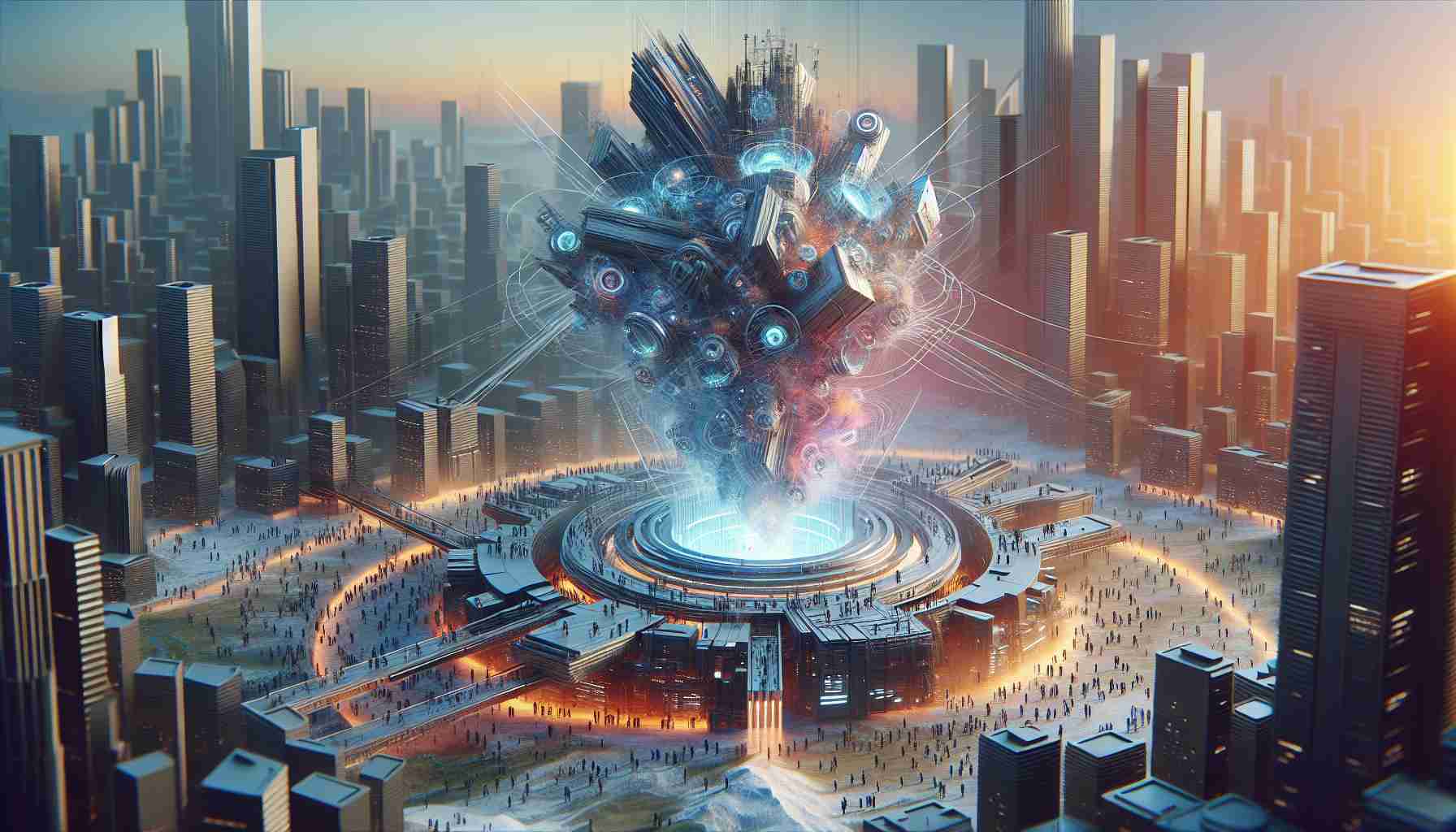Practical application of meta-II NED, or complete imaging (II) in combination with meta-optics, opens up new possibilities for future virtual reality (VR) and augmented reality (AR) displays. These innovative solutions have the potential to create more immersive experiences in VR and AR.
However, before achieving widespread use in the field of NED, meta-II NED must overcome certain challenges. One of them is the small size of the metal array, a key element of meta-II NED, which does not fit commercial high-resolution micro-displays and their expandability due to the imperfections of large-area nanofabrication technology with higher precision.
The good news, however, is that advancements in nanofabrication and II algorithms open up the possibility of practical application of meta-II NED. As a result, these modern displays have the potential to revolutionize human interaction with VR and AR technology, becoming the standard for displays in these fields in the future.
In a recent scientific research published in the eLight journal, a team of scientists led by Professor Jian-Wen Dong and Zong Qin from Sun Yat-sen University developed an innovative technical architecture called meta-II NED, which combines meta-optics and II display for practical application in NED.
Meta-II NED combines a high-resolution micro-display with a large-area metal array. The metal array, made with a much higher refractive index, has the potential to enable practical mass production. Additionally, a new real-time rendering method has been developed, allowing for the generation of input signals to meta-II NED, such as the array of image elements (EIA), at an average frame rate of 67 FPS.
With experimental confirmation of this true-3D display, it became possible to create realistic depth and motion parallax effects. Additionally, meta-II NED offers a “transparency” effect by combining 3D images with surrounding objects, demonstrating the wide range of applications for this display in AR.
The true-3D NED project based on meta-II NED, resulting from the combination of meta-optics and II display, opens up new perspectives for future near-eye displays. Thanks to the flexibility in designing metal arrays, these solutions have the potential to solve many serious problems with conventional II architectures. For example, achieving greater depth of focus is crucial for reproducing true-3D images, while traditional micro-lens arrays provide very limited depth of focus. In contrast, a metal array can be easily designed as a multi-code polarizing element with different focal lengths, allowing for an expanded depth of focus.
In conclusion, metal arrays pave the way for future true-3D near-eye displays that will have greater capabilities and flexibility compared to current solutions. Meta-II NED has tremendous market potential in VR and AR, offering unparalleled experiences for users and advancing the field of future displays.
FAQ:
Q: What is meta-II NED?
A: Meta-II NED is an innovative solution that combines high-resolution micro-displays with a metal array, which has the potential to create more immersive experiences in virtual and augmented reality.
Q: What possibilities does meta-II NED open up for future VR and AR displays?
A: Meta-II NED has the potential to revolutionize human interaction with VR and AR technology, becoming the standard for displays in these fields.
Q: What challenges does meta-II NED need to overcome?
A: One of the challenges is the small size of the metal array, which does not fit commercial high-resolution micro-displays and their expandability.
Q: What is true-3D NED?
A: True-3D NED is a project based on meta-II NED that opens up new perspectives for future near-eye displays.
Q: What are the benefits of using metal arrays in true-3D displays?
A: Metal arrays allow for greater depth of focus and flexibility compared to traditional micro-lens arrays.
Definitions:
– NED: Near-Eye Display is a technology that displays images in close proximity to the user’s eye, commonly used in virtual and augmented reality devices.
– VR: Virtual Reality is a technology that allows the user to experience and immerse themselves in simulated environments, often using special goggles or helmets.
– AR: Augmented Reality is a technology that overlays digital images onto the real environment, enabling interaction with both real and virtual objects simultaneously.
– Meta-optics: A technology that uses microstructures and photonic materials to manipulate photons.
Links:
– Sun Yat-sen University
– eLight Journal
[embedded content]
The source of the article is from the blog myshopsguide.com
